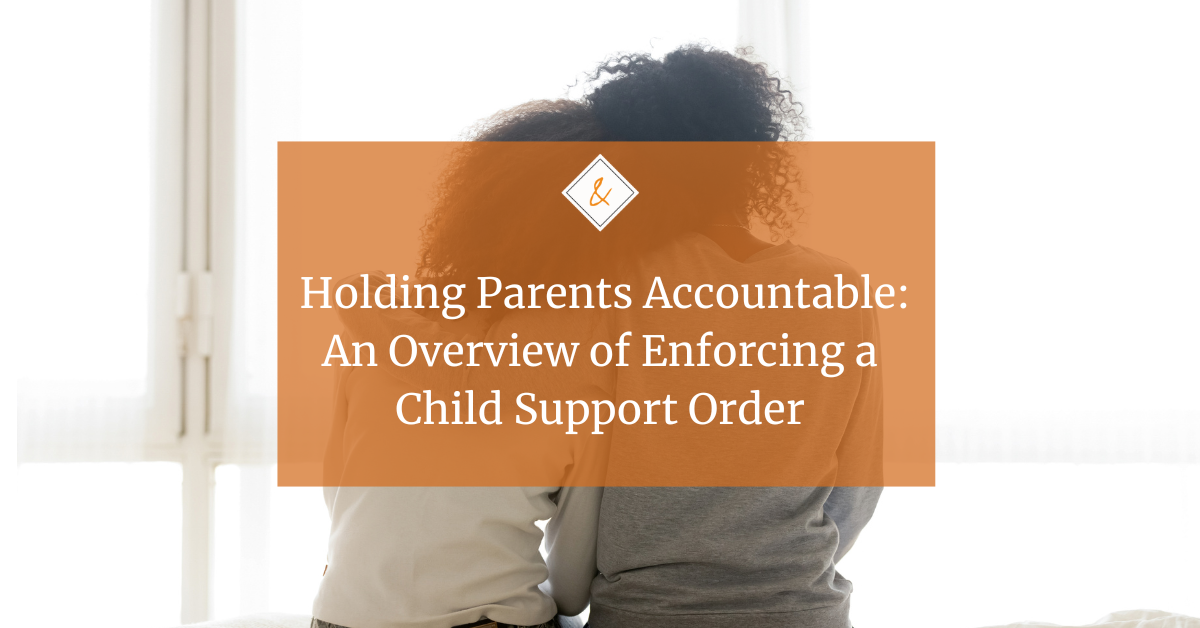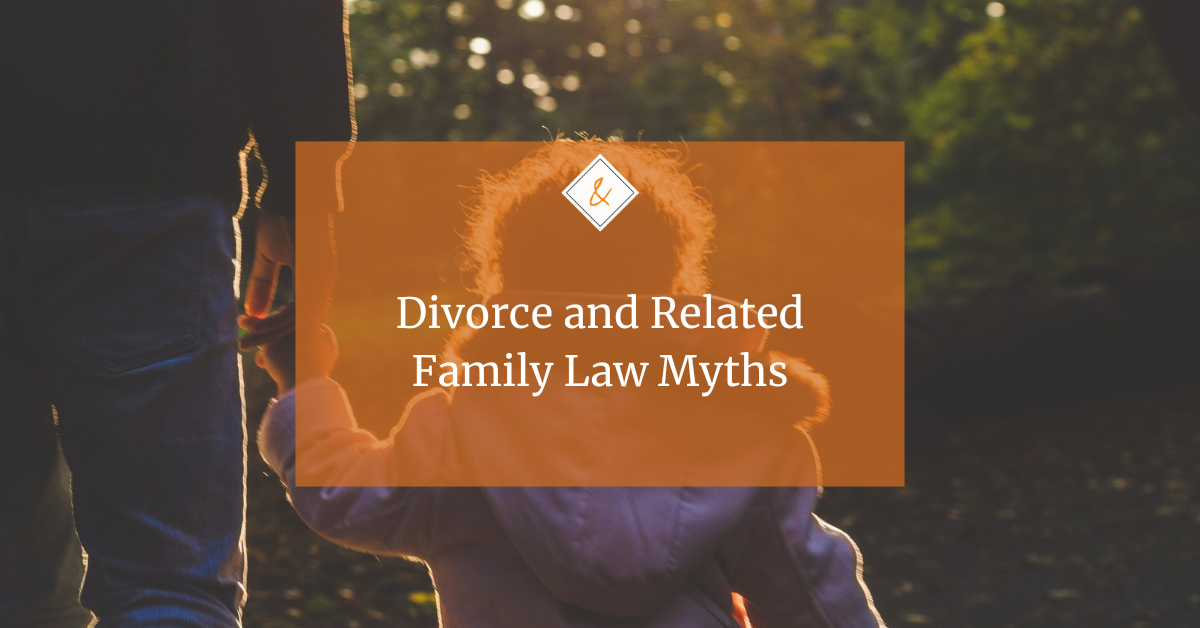Navigating divorce can be complex, especially when misinformation clouds the process. Here, we debunk prevalent myths surrounding divorce and family law in Pennsylvania.
- Abandonment of Residence
It is often assumed that when one party leaves the marital residence, they have abandoned the property and have, as a result, forfeited any right to the value of the property in divorce. This is not true. In fact, the equity value of the home is subject to equitable distribution between the parties and the party leaving the home will be compensated for his or her share either by receiving other assets or being bought out of the home.
- Assets are divided equally
Pennsylvania is not a community property state. Rather, we are an equitable distribution state, meaning that one party may be awarded a larger share of the marital assets. Most cases do not result in an equal division of the marital assets. To the contrary, the court considers a host of factors when determining how to divide up the marital assets. The Divorce Code even gives the court the power to divide assets in different percentages, i.e. the house could be divided 55% to one spouse and the retirement account in a different percentage or equally. Arguably, the most significant factor a court reviews when dividing the marital estate is the disparity in the parties’ income. In most cases, the party who earns less gets more than 50% of the marital estate. This is in spite of the fact that the other party may have been largely responsible for the generation of the marital assets. The rationale for this is that the person who earns more will recover more quickly economically than the spouse who earns less income.
- There is no alimony in PA
Alimony is considered to be a secondary remedy under the Divorce Code and is to be awarded when the asset division is not sufficient to compensate the non-income earning spouse in the divorce matter. It is not unusual for spouse who earns less to get a larger percent of the marital assets and also be awarded alimony. There are two components to alimony – the amount and the duration. In other words, how much and how long. This is within the discretion of the court and Pennsylvania does not have alimony guidelines.
- I have a Common Law Marriage
People assume that if they’ve been together 7 years (I have no idea why it’s 7 years) then they have a common law marriage. In Pennsylvania, common law marriage was abolished in 2005. What this means is that no person could have entered into a common law marriage after 2005. They could have, however, entered into one before that time. Common law marriage is not based on a number of years. Rather, it’s based on how you presented yourself in public and also whether the parties exchanged words of present intent to be married.
- Everyone has 50/50 custody
This is far from true. Courts are required to analyze a number of factors when determining a custody schedule for a child or children. Generally, one party will have primary custody (more time than 50%) and the other will have partial custody (less time than 50%) as it relates to physical custody, which is who has the child when. It is rare for a party to have sole physical custody which means the other party would have no right to see the child except perhaps on a supervised basis. Legal custody is who gets to make major life decisions on behalf of the child. This is almost always shared.
- 50/50 custody = no support
Just because you have equally shared custody does not mean you will not have a support obligation. Support is based on each party’s incomes. So, if you have more income then you generally will owe support. There will be a downward adjustment in the amount you owe given your having 50% custody time.
Share


